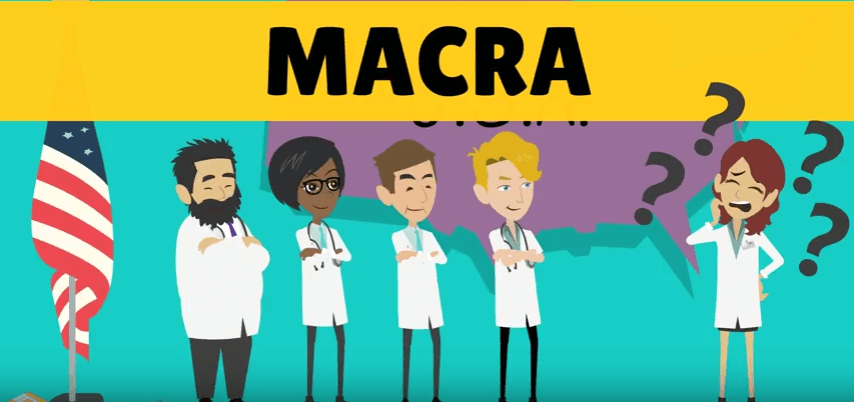MACRA 101: An explanation by Bridge Patient Portal
- Blake Rodocker
- June 28, 2017

With the MIPS reporting period deadlines just around the corner, we at Bridge Patient Portal are seeing a surge in attention being directed towards the MACRA program as patient portals make up an important part of MIPS scoring. While the MACRA program already began at the start of 2017 many still find themselves confused by the program – so here’s a brief explanation.
MACRA stands for the Medicare Access and CHIP Reauthorization Act of 2015. Its main purpose is to update the way in which physicians are paid for care provided to Medicare beneficiaries. The law, which went into effect on January 1st, 2017, has three main goals.
- To improve care by focusing on patient outcomes, decreasing the burden on providers, and helping to preserve independent clinical practice.
- Promote the adoption of Alternative Payment Models, which align incentives across healthcare stakeholders.
- Advance the existing efforts of Delivery System Reform, including ensuring a smooth transition to a new system that unifies Centers for Medicare and Medicaid Services (CMS) programs to promote high quality, efficient care.
The law makes it so that participating providers are reimbursed for the treatment of medicare patients based on care quality and effectiveness, and does this based on their Quality Payment Program. It applies to all physicians, physician’s assistants, nurse practitioners, clinical nurse specialists, and certified nurse anesthetists who bill over $30,000 per year to medicare, or serve over 100 medicare patients per year, and began participating in medicare in 2016 or earlier. If the provider meets these criteria, it’s important to understand how MACRA works and take the necessary steps to conform to its specifications.
The first step in complying with the new program is to choose between the two reimbursement structures outlined by MACRA. The Merit-based Incentive Payment System (MIPS) combines and updates three existing Medicare programs (ie. Meaningful Use Stage 1 & 2) and reimburses providers based on quality, resource use, clinical practice improvement, and Meaningful Use of Certified EHR Technology. The reimbursements are positively or negatively adjusted based on the provider’s MIPS scoring.
- 2019 – Providers subject to -4% to +4% base rate adjustment for Medicare Part B reimbursements
- 2020 – Providers subject to -5% to +5% adjustment
- 2021 – Providers subject to -7% to +7% adjustment
- 2022 on – Providers subject to -9% to +9% adjustment
The other option is the Advanced Alternative Payment Model (Advanced APM), which is a set of innovative strategies for compensation. Doctors who choose this model, can select from specific models to adhere to. The Advanced APM structure involves a little bit more planning and risk than MIPS, but can lead to higher bonuses and increased flexibility through physician-focused payment systems.
Anyone who has researched MIPS realizes it is complicated. There are four categories, a total of 100 points and lots of options and calculations for each of the four categories. At Bridge Patient Portal, we want to make sure that you have all of the knowledge you need to get reimbursed for MACRA. As an ONC certified patient portal, we have the expertise to help you engage your patients to meet the new MACRA advancing quality initiatives.
Still have some questions about MACRA/MIPS and how a patient portal can help you score higher? Call or email us today to speak with an expert.